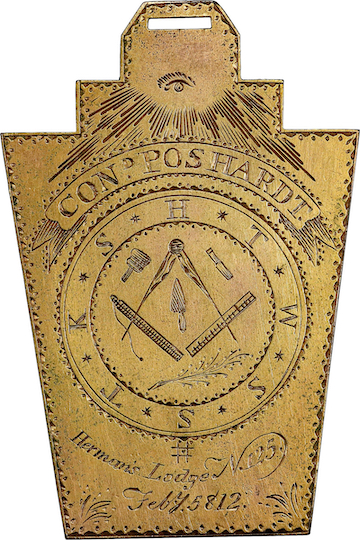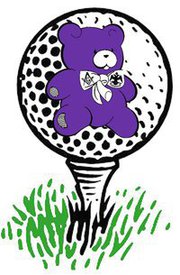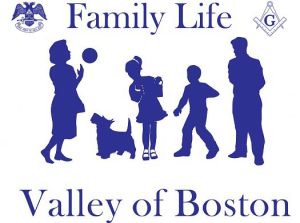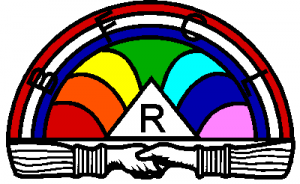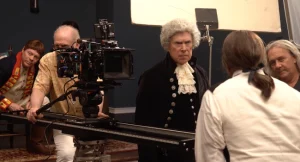Recently the Scottish Rite Masonic Museum & Library added an intriguing mark medal from Pennsylvania to its collection. Special thanks to Hilary Stelling, the Director of Collections and Exhibitions, for putting together this piece! The medal is inscribed with both the name of its owner, Conrad Poshardt, and the name of the craftsman who engraved it, John Bower.
In April 1810 Bower advertised his services in the Democratic Press of Philadelphia, noting that he undertook his business as an engraver “in all its various branches, with neatness and dispatch” at “No. 80 North Fourth, near Race street.” A few months later, in November, he informed the paper’s readers that he had changed the location of his business with this announcement: “John Bower, engraver, has removed to No. 1, Sterling Alley, where the above business is carried on….” Sterling Alley was just a block or so from his previous address. City directories list John Bower as an engraver at these and other addresses in the same neighborhood from 1810 through 1819. In 1810 census takers recorded a Philadelphia resident named John Bower working as an engraver with a family of three at two locations in August and again in October, likely reflecting Bower’s change of address during the year.
In the 1830’s critic William Dunlap noted that John Bower “made plates of inferior execution in Philadelphia about 1810.” Dunlap’s tepid assessment of his skills notwithstanding, Bower worked for many clients. Examples of Bower’s work that have survived to this day include illustrations for several books, prints, trade cards for neighboring craftsmen, and this mark medal made for Conrad Poshardt, a member of Herman’s Lodge No. 125 of Philadelphia.
Bower signed Poshardt’s mark medal “Br. J. Bower, Sculp.” on the side of the jewel bearing an arch. In adding “Br.,” an abbreviation of the word brother, to his signature on this medal, Bower identified himself as a Freemason. Membership records at the Grand Lodge of Pennsylvania note that a man named John Bower took his degrees at Lodge No. 72 in Philadelphia in the first half of 1811. He withdrew from the lodge in the fall. The lodge readmitted Bower as a Master Mason in 1814. Bower’s profession is not noted in the Grand Lodge records, but the J. Bower who signed this medal is a strong candidate for being the man who belonged to Lodge No. 72.
The medal that Bower created for Conrad Poshardt is in the keystone shape favored by many Pennsylvania Mark Masons in the early 1800s. In addition to the owner’s name and Poshardt’s personally chosen mark—a group of seven Masonic symbols contained within the letters HTWSSTKS–Bower engraved the name of the owner’s lodge—Herman’s Lodge N[o]. 125—and a date expressed as “Feby 5812”, indicating February 1812, on this medal. Two years before, in 1810, a group of Freemasons, who described themselves “all Germans by Birth” who did “not possess a perfect knowledge of the English Language” petitioned the Grand Lodge of Pennsylvania to form “a Lodge whose Labours are carried on in the German Language.” The
Grand Lodge granted this request and issued a warrant for Lodge No. 125, called Herman’s Lodge. As the petitioners had planned, this lodge undertook its business and ritual in German. Hopefully further research will uncover more about Conrad Poshardt, his lodge, and other work undertaken by his brother Freemason, engraver John Bower.
To view more stories from the NMJ team, click the link below to access their blog!
